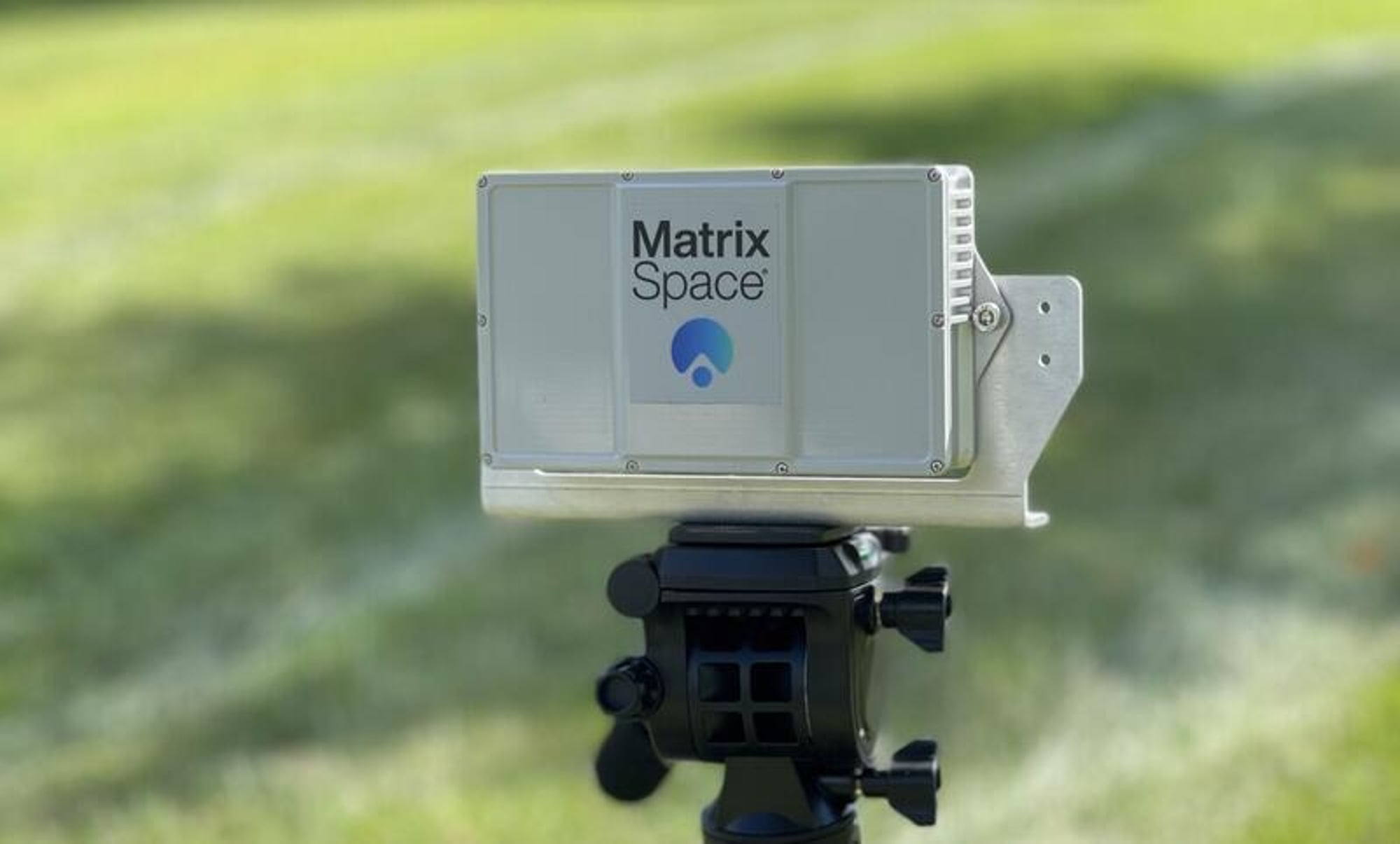MatrixSpace has emerged as the active sensor winner in the US Army’s xTechCounter Strike competition, a notable advancement in portable, AI-driven counter-unmanned aircraft systems (UAS). This prestigious award emphasizes the effectiveness of MatrixSpace’s cutting-edge technologies, specifically its Expeditionary AI Radar and 360 AI Radar systems. These technologies are designed for quick deployment while maintaining a compact size, manageable weight, and low power requirements, all integrated with AiEdge software for enhanced real-time situational awareness.
The systems developed by MatrixSpace are effectively connected to the army’s FAAD-C2 network, which serves as the command-and-control system for linking sensors and air defense units. This connectivity facilitates the detection and response to aerial threats. Furthermore, utilizing the NATO-standard SAPIENT protocol, these tactical units enable tracking and classification of threats in various weather conditions and challenging environments.
Matthew Kling, Vice President and General Manager of AI Systems at MatrixSpace, acknowledged that the competition showcased the company’s commitment to providing soldiers with reliable and operationally ready airspace monitoring, particularly at the tactical edge.
The xTechCounter Strike competition is part of the US Army’s broader Operation Flytrap initiative, which is focused on rapidly developing scalable counter-UAS technologies through soldier experimentation, expeditious acquisition processes, and operational transitions. In this round of the competition, four companies were recognized, each receiving $350,000, along with placement in the army’s G-TEAD Marketplace to facilitate procurement for both US and NATO units.
In addition to MatrixSpace’s recognition, the Armaments Research Company received praise for its “passive UAS detection” technology. This innovative approach employs sensor telemetry to identify unmanned aerial threats without the need for actively emitting signals. AG3 Labs was acknowledged for its development of “threat-simulated UAS,” which produces drones that mimic enemy UAVs, thereby enabling effective training and testing of defense systems. Mountain Horse Solutions also gained recognition for its unique solution in passive UAS detection.
Each of these companies contributes a distinctive strategy for addressing unmanned threats, ranging from active sensing and AI-driven detection to electronic disruption and multi-sensor integration. This diversity in approaches reflects the army’s commitment to accelerating the development of battlefield-ready and interoperable solutions that enhance the effectiveness of military operations against aerial threats.


















